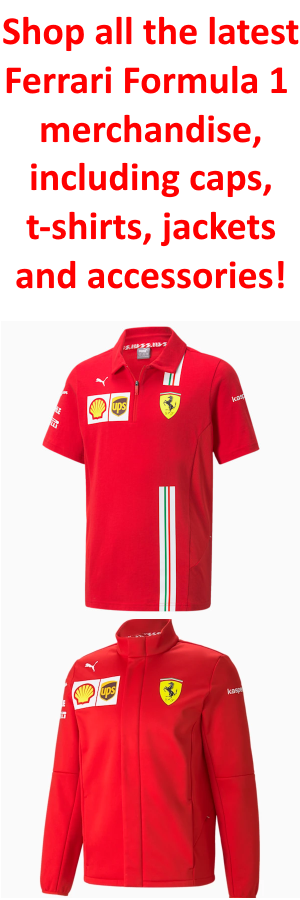Between missed methods and unpredictable tires, the function of an skilled driver is as soon as once more essential in chasing victories—not simply by means of knowledge.
F1 – There’s typically debate concerning the driver’s function, their capacity to affect a automobile’s growth, or their influence on race methods. Over time, the motive force’s significance has regularly diminished, partly attributable to steady restrictions on observe testing and partly due to the rising reliance on exact simulation and predictive instruments.
That Niki Lauda who first entered Ferrari and fully overhauled the automobile after testing it on observe is now a distant reminiscence, romanticized by movies. In the present day, it’s way more complicated for an expert to offer suggestions that straight shapes a automobile’s growth path.
A driver’s sensitivity stays intact, however the variety of instruments that gather knowledge imperceptible to people—but essential for fine-tuning the automobile—is so huge that engineers are likely to rely extra on them than on the impressions of the particular person behind the wheel.
Nonetheless, there’s nonetheless one space the place a driver’s sensitivity stays indispensable. That is notably evident when even those that design, construct, and provide the automobile battle to grasp their very own product. This refers to Pirelli and the tires it supplies to the groups.
All through the 2024 championship, Pirelli’s strategic forecasts have repeatedly been contradicted by on-track actuality. Races anticipated to require two pit stops become one-stop Grands Prix, whereas occasions predicted to favor single-stoppers ended up being way more fragmented.
F1: The Driver Nonetheless Influences Tire Administration
Assume again to George Russell’s almost-win at Spa-Francorchamps or Charles Leclerc’s victory at Monza—races dominated by the motive force’s instinct. At key moments, they overruled the pit wall, a spot stuffed with sensible minds and computational instruments, and pushed ahead towards seemingly inflexible strategic calculations.
If there’s one space the place a contemporary driver can nonetheless make a distinction, it’s tire administration. Workforce radios, which we’ve develop into accustomed to listening to and analyzing, typically reveal a one-way circulation of communication, although the supply modifications relying on the subject. In terms of engine mapping, brake steadiness, and different technical parameters, the engineer provides directions—the motive force follows. It appears paradoxical, however that’s the way it works.
In distinction, particularly throughout races, the circulation of data shifts path—from the pit wall to the motive force, then from the motive force again to the engineers. However this isn’t an automated course of that works with simply any of the 20 drivers on the grid. It requires one thing extra—a driver with the best stage of expertise to make it work.
It’s no coincidence that we’ve seen this occur with seasoned drivers, which could additionally clarify Ferrari’s determination to wager on Lewis Hamilton. His experience in tire administration and race analysis is top-tier, regardless of any criticisms concerning the technical logic behind signing him.
For 2025, Pirelli plans to introduce tires which might be simpler to make use of or, on the very least, extra predictable in habits. A softer compound will even be launched for tracks like Monaco, aimed toward growing strategic selection and stopping processional races which might be determined after the primary nook. And on this evolving panorama, the function of the “driver-interpreter” may develop into much more important—one thing that will be invaluable in a Formulation 1 that’s turning into more and more predictable.



